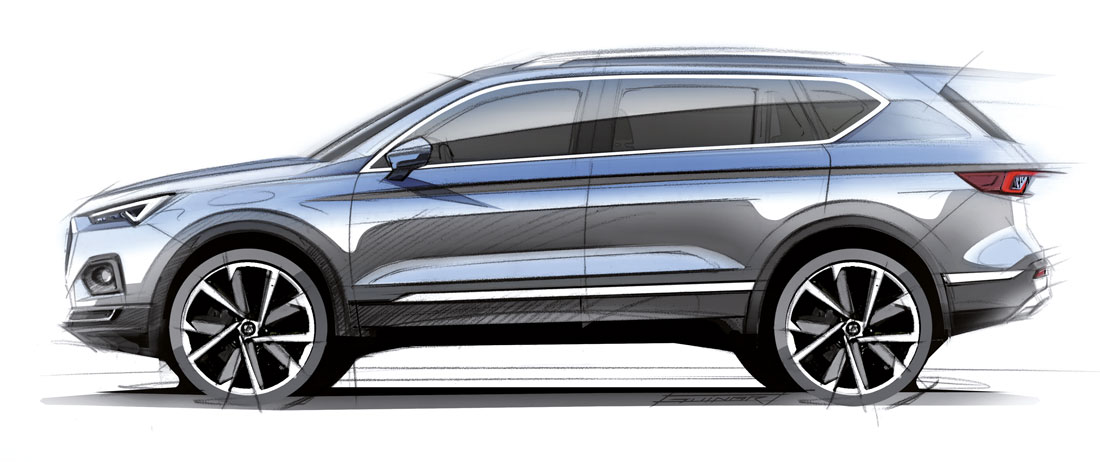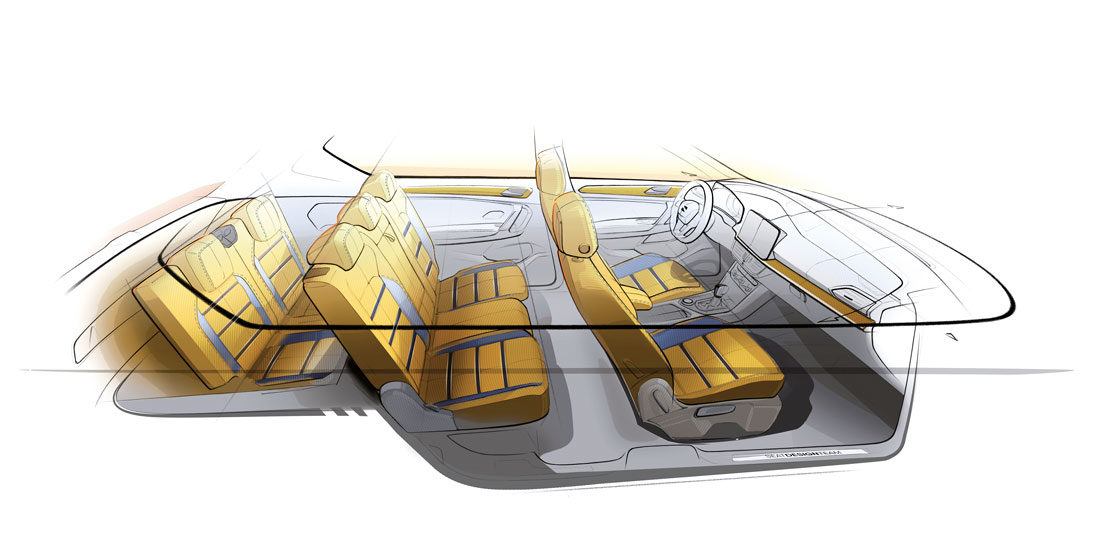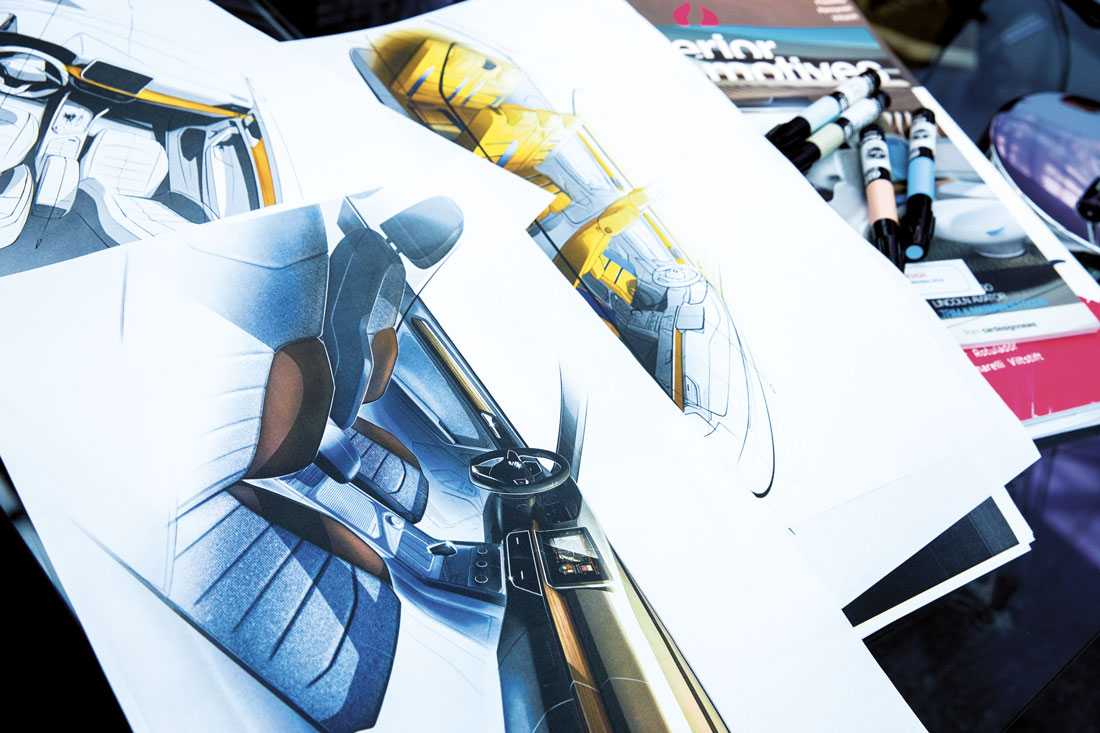“2019 will be an explosive year for Seat, the moment we finally present the first fruits of our new design strategy”, a keenly enthusiastic Alejandro Mesonero-Romanos, Director of Design at the Spanish company, reveals. “The previous renewal cycle started in 2012, with the launch of today’s Leon, followed by the Ateca, Arona and the latest Ibiza. These were important elements in the construction of our brand identity. But now we are ready to move forward again: we have four new cars with very significant shapes making their debut in the period up to and including 2020”.
So, if some of the influences deriving from the other SUVs already in the range remain perceptible in the tail and in the side profiles, it is above all at the front that the traits of the new design departure stand out: “I wouldn’t say that it transmits aggressiveness, but overall it is certainly more ‘important’. Now its more vertical look has embedded lighting units that transmit a three-dimensional effect and a changed physical expression compared to what we have been used to so far. The car thus takes on a much more mature ‘presence’.
The fundamental part of the renewed formal mosaic is the original new grille which, in addition to acquiring a thicker and more elaborate frame, also dialogues with the headlights: “For the first time we wanted to draw a virtual link between the profile of the grille and the lights, creating an almost direct contact between the respective areas. A choice that, although interpreted in a different way, will still be around on the next models, as well as the entire layout of the nose”.
Surprisingly, the reassuring rear view also hides a very particular preview of the future. This is the long red strip that joins the side lights in the middle, almost as if to suggest a feeling of visual unity. “It will certainly be seen on the other cars in the pipeline.
Now several manufacturers seem to want to play around with the same idea, but when we started to develop it for the Tarraco, about three years ago, it was an absolute novelty. And above all, today, as then, the decision for us is not about the possible birth of a fashion, but about the desire to cite our own past: at the end of the Nineties most of the range, from the Toledo to the Alhambra, presented a similar component”.
In the cockpit, signs of the renewal can be seen in the overall simplicity and the forgoing of bulky volumes. “The bodywork already communicates solidity and sturdiness to the outside, so to note such features on the opening of a door could turn out to be exaggerated and perverse. As far as possible, we have therefore focused on cleanness and the absence of visual “pollution”. And from this point of view it is a step forward compared to the approach taken with today’s Leon and Ateca”.
(Full article in A&D no. 234)
















